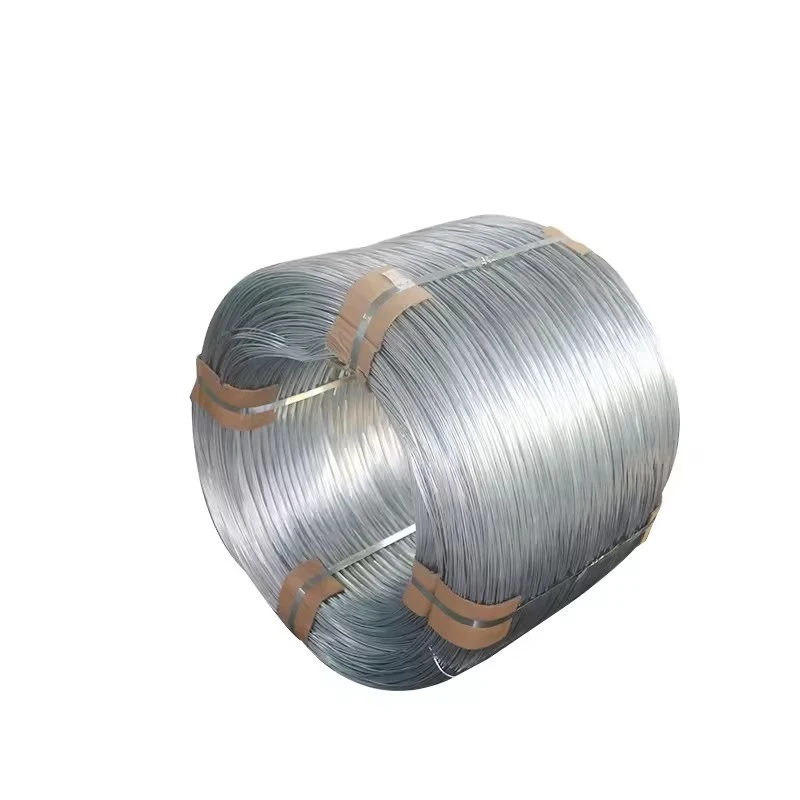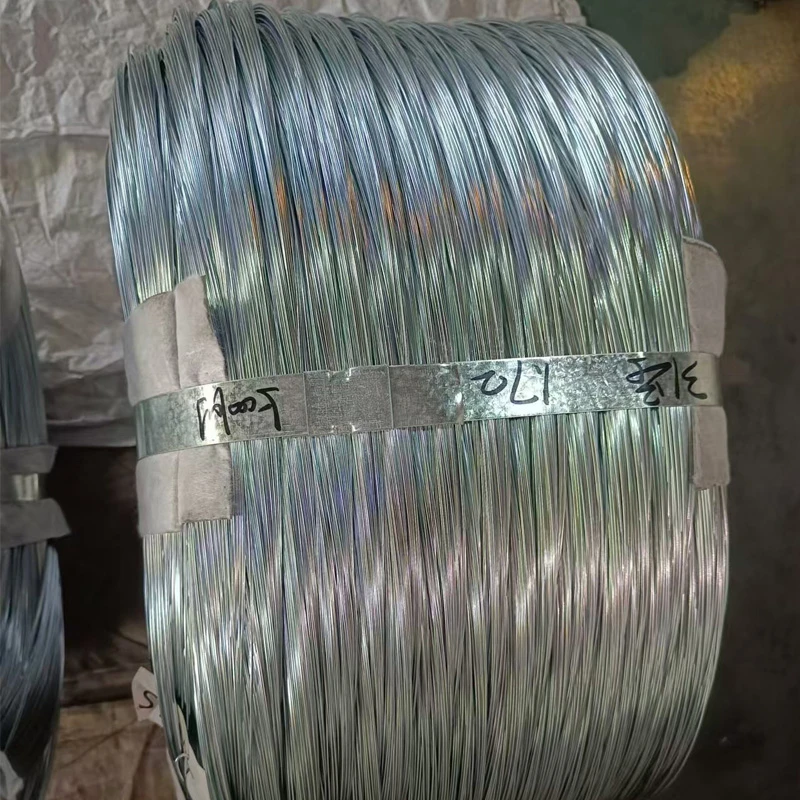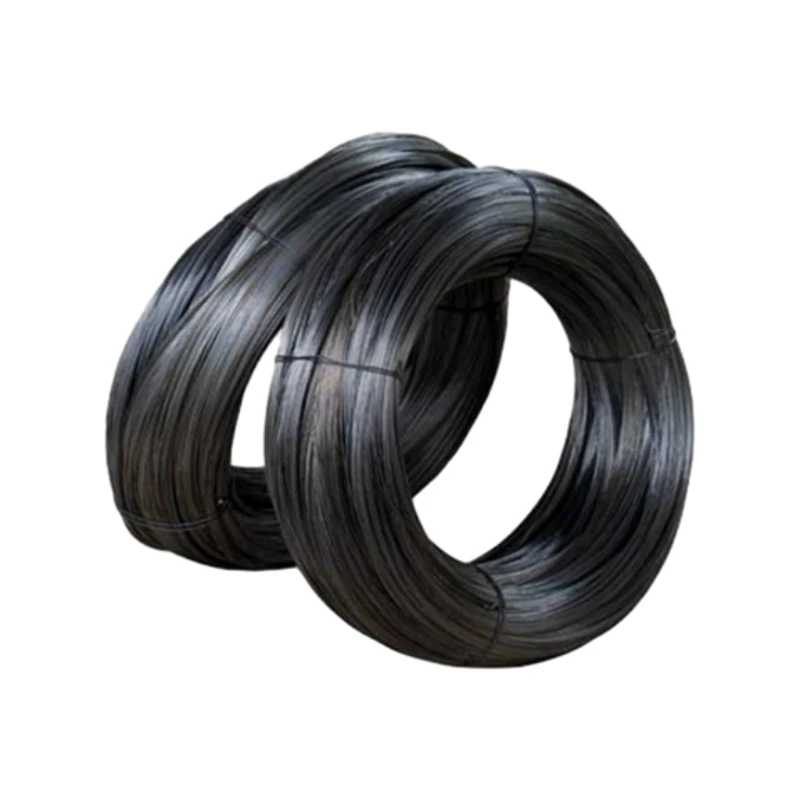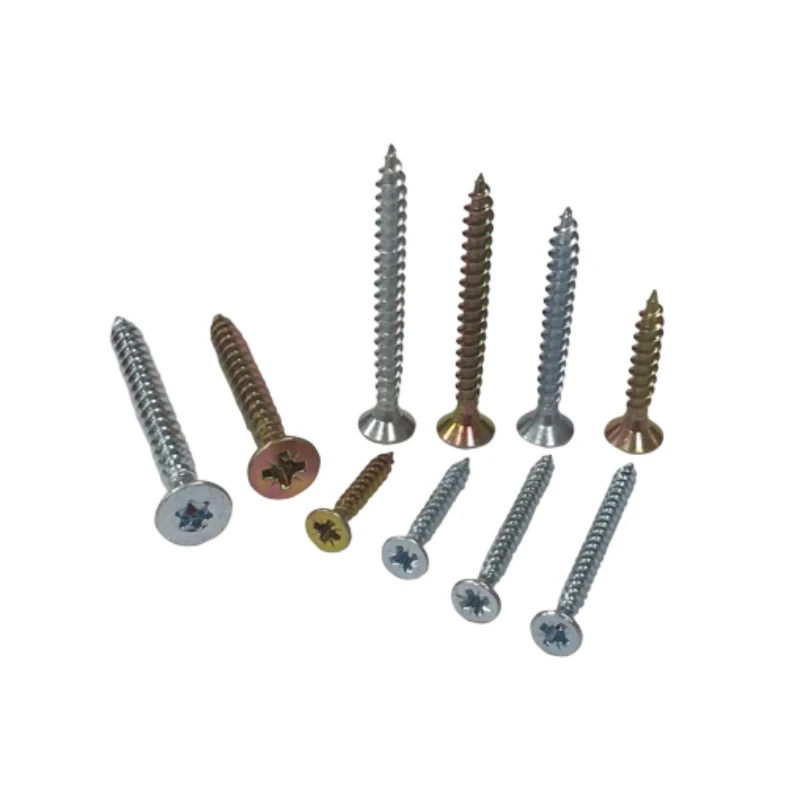
Talk With Us
+86-13601661296
Email Address
admin@sxjbradnail.comHigh-Strength Galvanized Wire 1/16 Inch – Durable Thin Solid Steel Wire Galvanized for Versatile Use
- Introduction to galvanized wire 1 16
and its significance - Technical advantages of thin galvanized wire and steel wire galvanized
- Comparative analysis of leading manufacturers
- Customization options for solid galvanized wire products
- Practical application cases and success stories
- Market trends, demand, and industry outlook
- Conclusion: Why galvanized wire 1 16 remains an industry leader
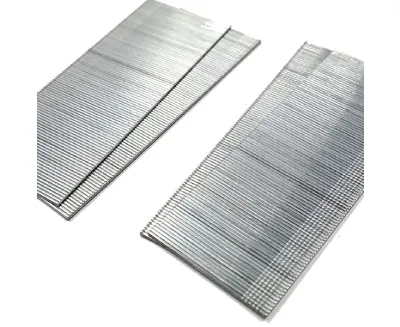
(galvanized wire 1 16)
Introduction to Galvanized Wire 1 16 and Its Significance
Galvanized wire 1 16, a specialized steel wire coated with zinc, stands out for its robustness, versatility, and corrosion resistance. Consisting of a diameter of 1/16 inch (1.6 mm), this wire type is widely utilized across industrial, construction, and agricultural sectors. The unique properties of this material have led to increased adoption, with global reports indicating that demand for galvanized steel wire exceeded 7 million metric tons in 2023, a figure expected to grow annually by 4.5%. The surge in infrastructure projects, fencing, and electrical applications sustains this upward trajectory. Notably, the zinc coating acts as a sacrificial barrier, ensuring prolonged service life even under harsh environments, which makes galvanized wire 1 16 a preferred choice for both temporary and permanent installations.
Technical Advantages of Thin Galvanized Wire and Steel Wire Galvanized
The intrinsic benefits of thin galvanized wire and steel wire galvanized are manifold. First, the zinc galvanization bestows an enduring protective layer, significantly mitigating the risk of rust and corrosion. Testing results reveal that galvanized wires can last over 50 years in environments free of extreme pollution, according to ASTM B117 salt spray testing standards. The solid galvanized wire variant is known for its enhanced tensile strength, which can reach upwards of 350 MPa, making it suitable for heavy-duty applications such as reinforcement or suspension. Thin galvanized wire, often utilized for binding and mesh fabrication, is appreciated for its flexibility and ease of manipulation without compromising durability. Additionally, the wire’s conductivity properties make it conducive for electrical grounding and telecommunication installations, further diversifying its applications.
Comparative Analysis of Leading Manufacturers
Choosing the optimal galvanized wire supplier depends on several critical parameters: coating thickness, tensile strength, dimensional tolerances, price per unit, and after-sales services. Below is a table comparing three leading international manufacturers, highlighting key differentiators for standardized galvanized wire 1 16 and related products.
| Manufacturer | Wire Type | Coating Thickness (µm) | Tensile Strength (MPa) | Dimensional Tolerance (mm) | Price (USD/kg) | Warranty | Lead Time |
|---|---|---|---|---|---|---|---|
| WireTech International | Solid galvanized wire | 55 | 360 | ±0.03 | 1.45 | 5 years | 4 weeks |
| GalvaSteel Corp | Thin galvanized wire | 60 | 345 | ±0.02 | 1.52 | 3 years | 2 weeks |
| Metallix Solutions | Steel wire galvanized | 52 | 375 | ±0.05 | 1.37 | 4 years | 3 weeks |
The comparison underscores the importance of selecting according to application needs—WireTech excels in coating thickness and warranty, Metallix offers superior tensile strength at a lower price, and GalvaSteel delivers tighter tolerances and shorter lead times. When sourcing galvanized wire 1 16, clients often weigh these variables alongside consistent quality certifications such as ISO 9001 and ASTM A641 compliance.
Customization Options for Solid Galvanized Wire Products
Customization capabilities offered by modern manufacturers have transformed galvanized wire production. Companies frequently provide a spectrum of choices, including variable zinc coating thickness (ranging typically from 40 µm to 90 µm), adjustable wire diameters (from 0.5 mm to over 4 mm), and specialized spooling and packaging solutions tailored to logistical requirements. For example, construction firms can order solderable galvanized wire with increased ductility for easier onsite manipulation, while agricultural clients may request extended rust protection for outdoor installations. Additionally, anti-corrosive treatments and color-coded galvanization options enable high visibility or branding for specific project demands. OEM and ODM services have also become common, ensuring that clients receive solid galvanized wire engineered precisely to project blueprints, enhancing operational efficiency and minimizing waste.
Practical Application Cases and Success Stories
The deployment of galvanized wire 1 16 and its related forms has played a pivotal role across diverse industries. For instance, in the construction sector, prefabricated wire meshes made from thin galvanized wire have expedited building timelines by as much as 20%, reducing labor costs. Agricultural applications include protective crop fencing, where corrosion-resistant solid galvanized wire withstands constant environmental exposure, resulting in longevity surpassing 25 years with minimal maintenance. Within telecommunications, the high tensile properties of steel wire galvanized are leveraged for securing overhead cables, contributing to a 15% reduction in network outage occurrences due to environmental failures. One notable case involved a municipal infrastructure project in Texas where switching to high-quality galvanized wire led to a 30% decrease in annualized maintenance expenditure and improved public safety. These scenarios validate the critical contribution of robust wire solutions in both conventional and cutting-edge settings.
Market Trends, Demand, and Industry Outlook
As the global economy advances, the galvanized wire industry faces both opportunities and challenges. Recent market analysis predicts that the worldwide galvanized steel wire segment will approach $20 billion by 2028, with construction, renewable energy, and transportation sectors driving a majority of growth. Demand for thin galvanized wire continues to rise in urban infrastructure development, while solid galvanized wire maintains its dominance in rural fencing and security solutions. Competitiveness is increasingly influenced by the adoption of green manufacturing processes, with consumers demanding products that meet rigorous environmental standards such as RoHS and REACH. Concurrently, the expansion of e-commerce platforms has allowed small-to-medium wire manufacturers unprecedented market access, bolstering global supply chain resilience and lowering procurement lead times. Industrial users are prioritizing product traceability, batch-specific testing, and advanced logistics support from suppliers to ensure both quality and regulatory adherence.
Conclusion: Why Galvanized Wire 1 16 Remains an Industry Leader
In summation, galvanized wire 1 16 has earned its place at the forefront of wire solutions due to its outstanding durability, technical performance, and adaptability across sectors. With the proven benefits of thin galvanized wire, steel wire galvanized, and solid galvanized wire, industries can rely on optimized solutions for both general and custom applications. Ongoing advancements in zinc coating technologies, manufacturing precision, and material testing stand to further solidify its leadership in quality and longevity. For organizations seeking reliable, cost-effective, and high-performance wire products, galvanized wire 1 16 remains a strategic investment underpinning infrastructure resilience and growth in an ever-evolving industrial landscape.
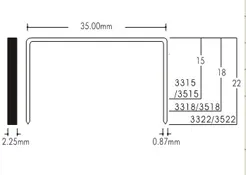
(galvanized wire 1 16)
FAQS on galvanized wire 1 16
Q: What is galvanized wire 1/16 commonly used for?
A: Galvanized wire 1/16 is often used for fencing, gardening, and crafting projects. Its thin diameter makes it ideal for applications needing flexibility and rust resistance. The zinc coating protects the steel core from corrosion.Q: How does thin galvanized wire differ from regular steel wire?
A: Thin galvanized wire is coated with zinc to prevent rust, while regular steel wire may lack this protection. The galvanization process extends wire lifespan outdoors. Additionally, thin wires are more suitable for delicate or lightweight tasks.Q: Is solid galvanized wire suitable for electrical applications?
A: Solid galvanized wire is generally not recommended for electrical wiring due to lower conductivity compared to copper. It is mainly used for support, binding, or structural purposes. The zinc layer does not enhance electrical performance.Q: Can steel wire galvanized be cut and shaped easily?
A: Yes, steel wire galvanized—especially at 1/16 inch diameter—can be cut and formed with hand tools. Its solid construction offers strength while maintaining some flexibility. Always wear gloves to protect your hands during handling.Q: Will galvanized wire 1/16 rust if used outdoors?
A: Galvanized wire 1/16 is designed to resist rust due to its zinc coating. It performs well for outdoor use, but extreme conditions may eventually wear down the coating. Regular inspection can help maintain its longevity.-
Secure & Strong Fine Thread Drywall Screws for DrywallNewsAug.19,2025
-
21 Gauge 1/2 Inch Crown 84 Series Fine Wire Staple-Baoding Yongweichangsheng Metal Produce Co., Ltd.|Precision Engineering&Corrosion ResistanceNewsAug.18,2025
-
21 Gauge 1/2 Inch Crown 84 Series Fine Wire Staple - Baoding Yongweichangsheng Metal Produce Co., Ltd.NewsAug.18,2025
-
21 Gauge 1/2 Inch Crown 84 Series Fine Wire Staple - Baoding Yongweichangsheng Metal Produce Co., Ltd.NewsAug.18,2025
-
Premium 22 Gauge Fine Wire Staples | Type 71 FastenersNewsAug.18,2025
-
21 Gauge 1/2 Inch Crown 84 Series Fine Wire Staple - Baoding Yongweichangsheng Metal Produce Co., Ltd. | Durability, Corrosion ResistanceNewsAug.17,2025












































































































